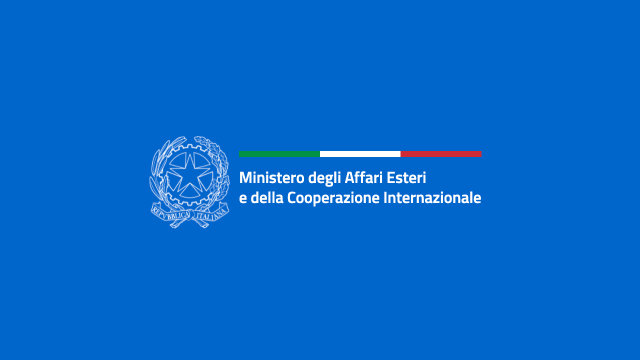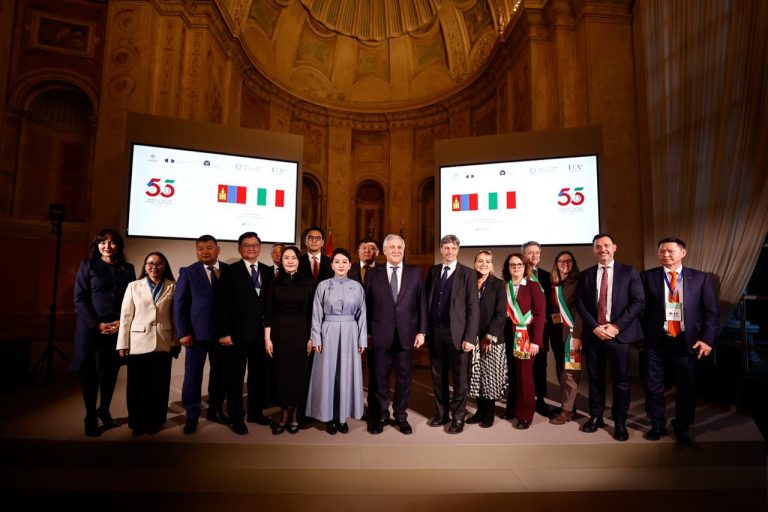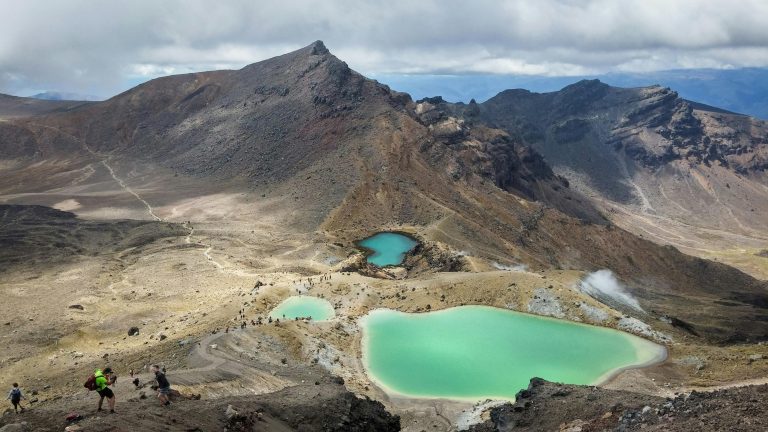South Korea, too, is also continuing to promote green hydrogen initiatives. Since the announcement of an initial “Master Plan” in 2021, it has moved forward by launching, inter alia, the plan to create a strategy and ecosystem to develop the hydrogen industry and, in December 2023, the certification system operating plan and the strategy to support small-scale hydrogen industry sectors.
The effects of these choices have not been long in coming and the number of companies specialising in this specific sector has gradually increased from 32 companies in 2022 to 91 in 2024.
According to data collected by the Hydrogen Economy Portal (h2hub.or.kr), the total estimated revenue of the hydrogen industry in 2022 was around EUR 8.5 billion, up 51% compared to 2021. Again in 2021 investment in the hydrogen industry amounted to about EUR 3 billion, up 418% over the previous year. A further measure of the ongoing growth is also the employment market with 34,380 employees confirmed to date.
Against this background, there has been a simultaneous growth of domestic market in terms of both car fleet and filling stations. In March 2024, 34,872 hydrogen-powered vehicles were registered in Korea, mostly passenger cars. The same upward trend is seen in the number of filling stations, which now amount to around 300 in the country.
Another aspect on which Korea has focused on is the hydrogen certification system through the “Clean Hydrogen Certification System Operation Plan”. The system measures greenhouse gas emissions from hydrogen production and import and grants certification if processes release greenhouse gases below a certain threshold. It also provides administrative and financial support. The Korean government has finalised the country’s green hydrogen certification standard, considering international trends and domestic conditions such as the level of technology and infrastructure. Although the system’s limit for greenhouse gas emissions is set as Well-to-Gate (from raw material extraction to hydrogen production), the government has announced that emissions from ships used for raw material procurement and transport will be temporarily excluded from this calculation, considering the country’s special conditions that make foreign sourcing of clean hydrogen impossible, as well as the technological development of environmentally friendly ships. Hydrogen complying with the certification standards obtains one of four grades of clean hydrogen certification depending on greenhouse gas emission levels. Korea has currently appointed a special agency to manage the hydrogen certification system and is launching a certification pilot project to support companies willing to invest.
On the production side, the ”Clean Hydrogen Production Standard (CHPS)” has been established by the Korean government in the form of incentives for energy producers to participate voluntarily. The CHPS will introduce a label for the use of green hydrogen for electricity production in 2027. Companies that submit a satisfactory bid for hydrogen power generation in the CHPS system will be compensated for the increases in unit production costs. In order to participate in this incentive scheme, companies shall prove that the hydrogen or ammonia used as fuel for electricity production is produced in an environmentally friendly manner through the certification system.







